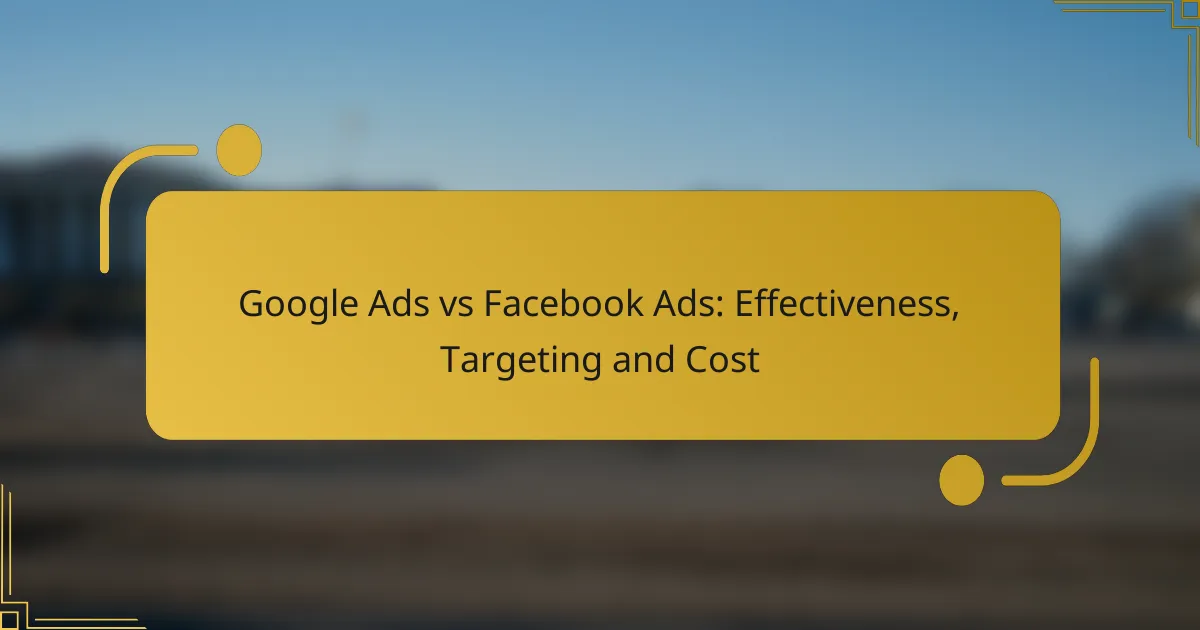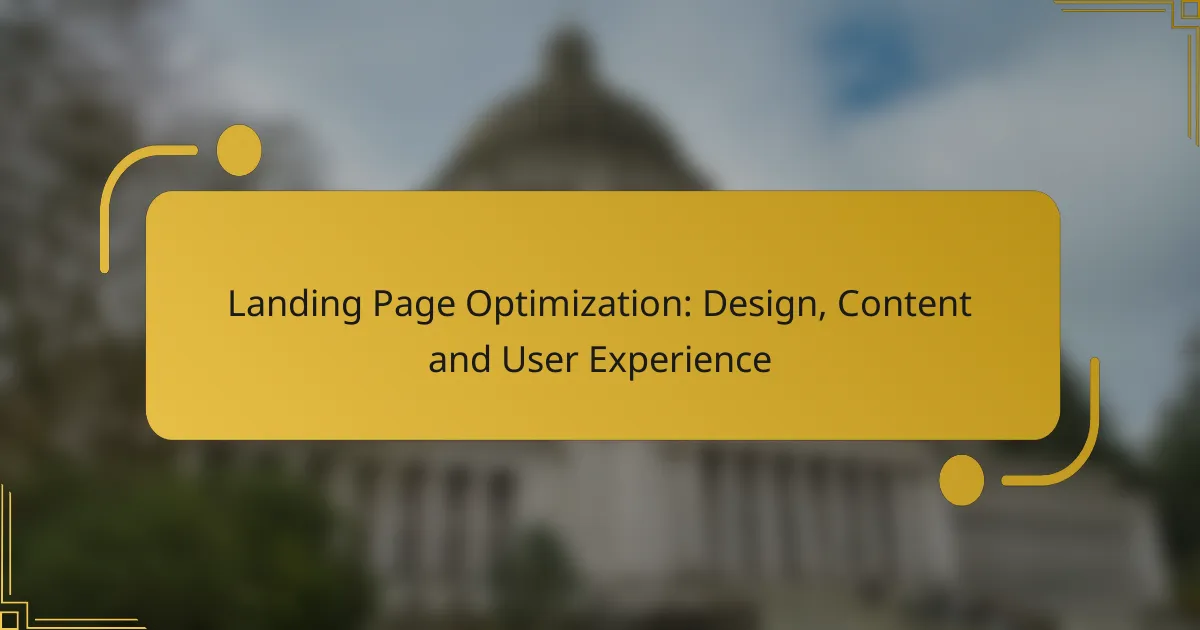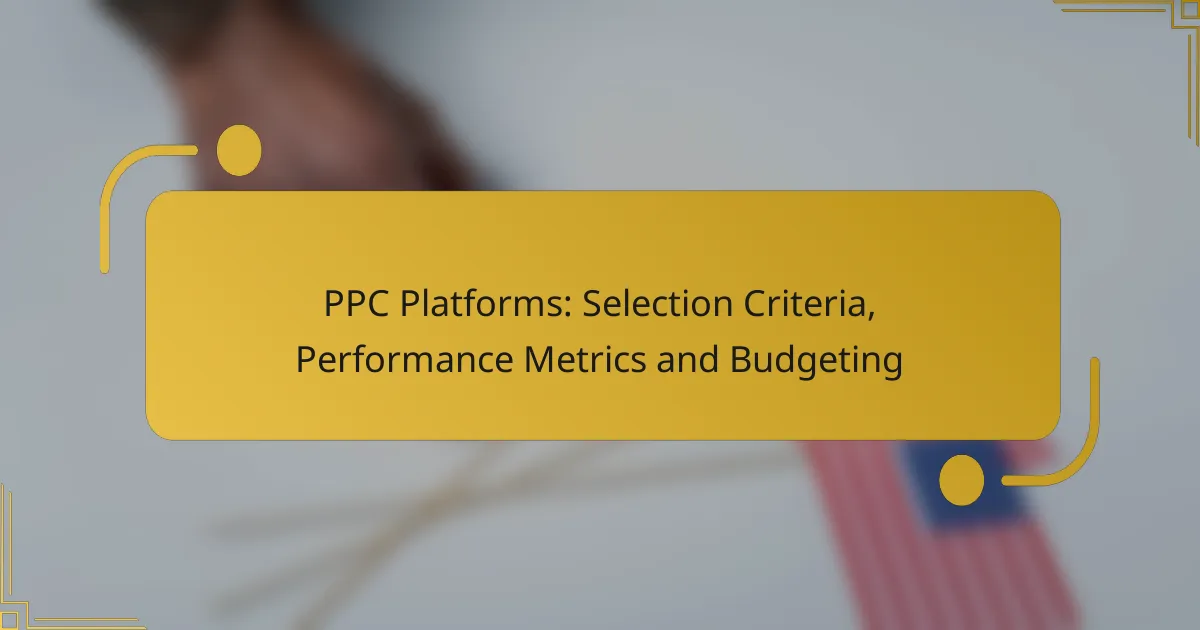When choosing between Google Ads and Facebook Ads, it’s essential to understand their unique strengths and targeting capabilities. Google Ads is often more effective for direct response campaigns, while Facebook Ads shines in fostering brand engagement. Additionally, the cost structures of these platforms differ, influenced by various factors such as competition and ad formats.
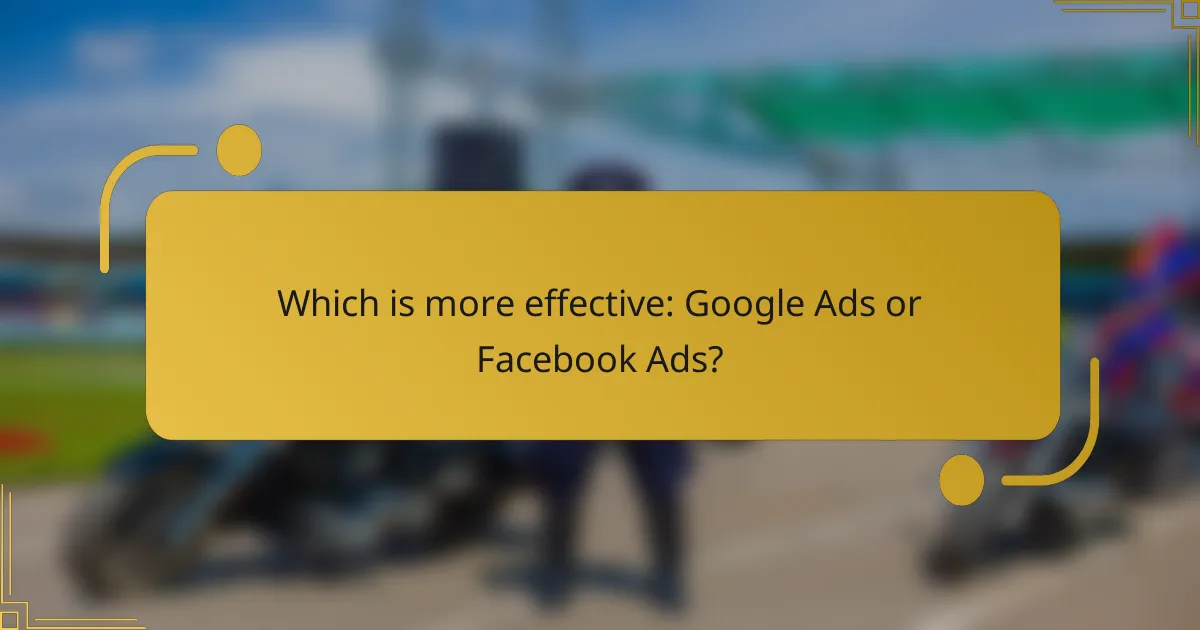
Which is more effective: Google Ads or Facebook Ads?
Google Ads tends to be more effective for direct response campaigns, while Facebook Ads excels in brand engagement. The choice between the two largely depends on your marketing goals, target audience, and the nature of your products or services.
Higher conversion rates with Google Ads
Google Ads generally achieves higher conversion rates due to its intent-driven model. Users actively searching for specific products or services are more likely to convert, as they are already in a buying mindset.
For example, businesses in sectors like e-commerce often see conversion rates in the low to mid single digits, while lead generation campaigns can achieve higher rates. Investing in well-structured campaigns with targeted keywords can significantly enhance performance.
Better engagement on Facebook Ads
Facebook Ads are designed for user engagement, making them effective for building brand awareness and community. The platform’s visual nature allows for creative storytelling, which can resonate well with audiences.
Brands often experience higher engagement rates, with metrics such as likes, shares, and comments being more favorable on Facebook. This is particularly beneficial for lifestyle and consumer goods brands aiming to cultivate a loyal customer base.
Industry-specific performance comparisons
The effectiveness of Google Ads versus Facebook Ads can vary significantly by industry. For instance, the travel and hospitality sector often sees better results with Google Ads due to users searching for specific destinations or services.
Conversely, industries like fashion and beauty may thrive on Facebook, where visual content can drive interest and engagement. Understanding your industry’s dynamics and customer behavior is crucial for optimizing ad spend across both platforms.
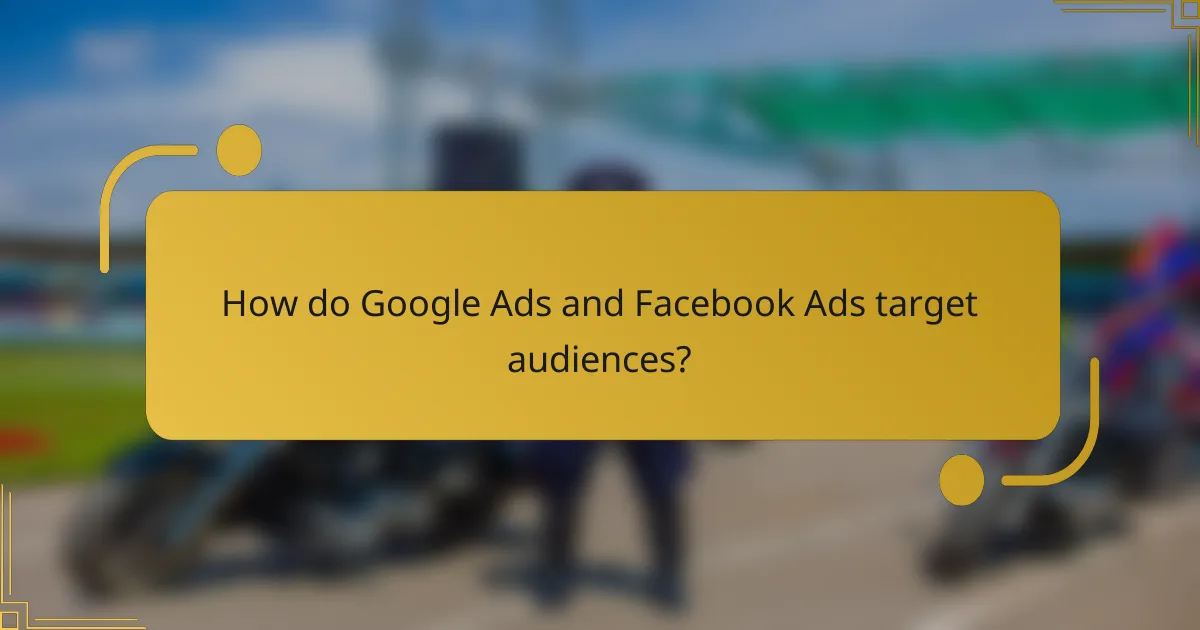
How do Google Ads and Facebook Ads target audiences?
Google Ads and Facebook Ads utilize distinct targeting methods to reach their audiences effectively. Google Ads primarily relies on keyword targeting, while Facebook Ads focuses on demographic and interest-based targeting, allowing advertisers to tailor their campaigns based on user behavior and preferences.
Google Ads keyword targeting
Google Ads employs keyword targeting to connect with users actively searching for specific terms. Advertisers select relevant keywords, and their ads appear in search results when users enter those terms. This method is effective for capturing intent-driven traffic, as users are often looking to make a purchase or find information.
To optimize keyword targeting, consider using a mix of broad, phrase, and exact match types. Regularly review keyword performance and adjust bids based on conversion rates to maximize return on investment.
Facebook Ads demographic targeting
Facebook Ads utilize demographic targeting to reach users based on characteristics such as age, gender, location, and interests. Advertisers can create highly specific audience segments, allowing for tailored messaging that resonates with different groups. This approach is beneficial for brand awareness and engagement campaigns.
To enhance demographic targeting, use Facebook’s audience insights tool to understand your target market better. Experiment with different demographic combinations to find the most responsive audience and refine your ads accordingly.
Behavioral targeting differences
Behavioral targeting distinguishes Google Ads and Facebook Ads significantly. Google Ads targets users based on their search queries and online behavior, focusing on intent. In contrast, Facebook Ads target users based on their interactions, interests, and social connections, which can lead to more personalized advertising experiences.
When using behavioral targeting, consider the user journey. For Google Ads, align your keywords with the stages of the buyer’s journey. For Facebook Ads, leverage retargeting strategies to re-engage users who have previously interacted with your brand, enhancing conversion opportunities.
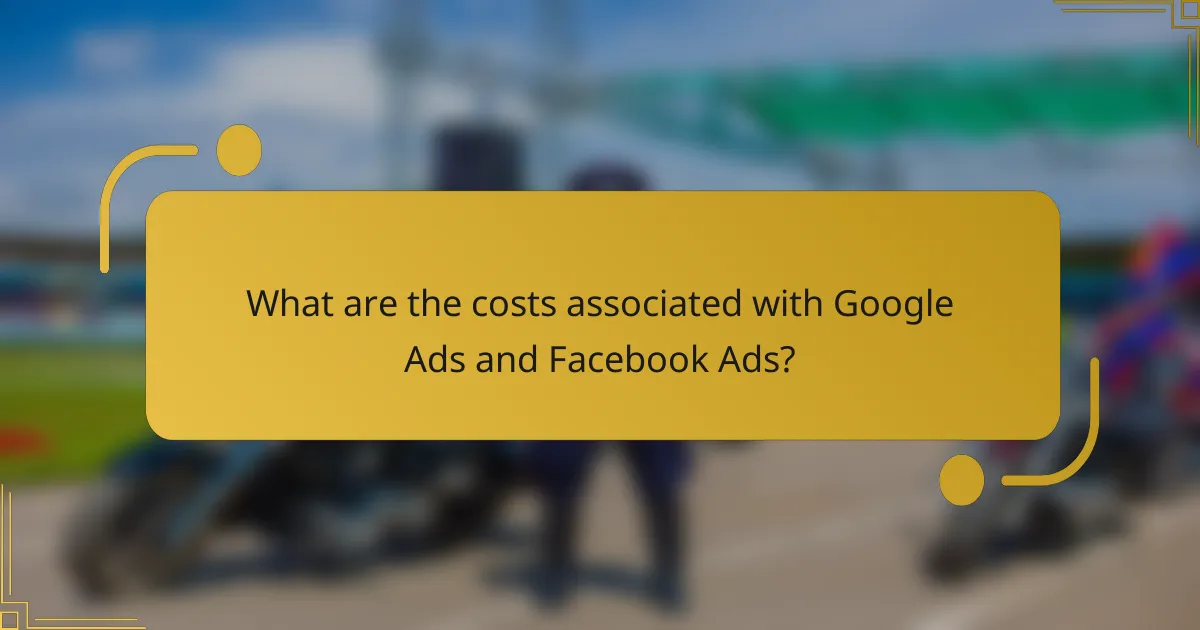
What are the costs associated with Google Ads and Facebook Ads?
The costs associated with Google Ads and Facebook Ads vary significantly based on factors like targeting, competition, and ad format. Google Ads typically operates on a pay-per-click (PPC) model, while Facebook Ads often uses a cost-per-impression (CPM) or cost-per-click (CPC) approach.
Average CPC for Google Ads
The average cost-per-click (CPC) for Google Ads can range from low single digits to high double digits, depending on the industry and competition. For example, highly competitive sectors like finance or legal services often see CPCs in the upper range, while less competitive niches may enjoy lower costs.
Advertisers should consider their target audience and keywords when estimating CPC. Tools like Google’s Keyword Planner can help identify potential costs based on specific search terms.
Average CPC for Facebook Ads
Facebook Ads generally have a lower average CPC compared to Google Ads, typically falling between low single digits. The cost can fluctuate based on factors such as audience targeting, ad placement, and the overall demand for ad space at any given time.
For effective budgeting, businesses should monitor their campaigns regularly and adjust their targeting to optimize costs. Utilizing Facebook’s Ads Manager can provide insights into performance and spending.
Budgeting strategies for both platforms
When budgeting for Google Ads, it’s crucial to set clear goals and allocate funds accordingly. Consider starting with a daily budget that allows for testing different keywords and ad formats, then scale based on performance.
For Facebook Ads, a flexible budget can be beneficial. Start with a modest daily spend to gather data, then increase investment in high-performing ads. Regularly reviewing analytics will help in reallocating budget to the most effective campaigns.
Both platforms offer tools to help manage budgets effectively. Setting alerts for spending limits and monitoring return on investment (ROI) can prevent overspending and ensure that advertising efforts remain profitable.
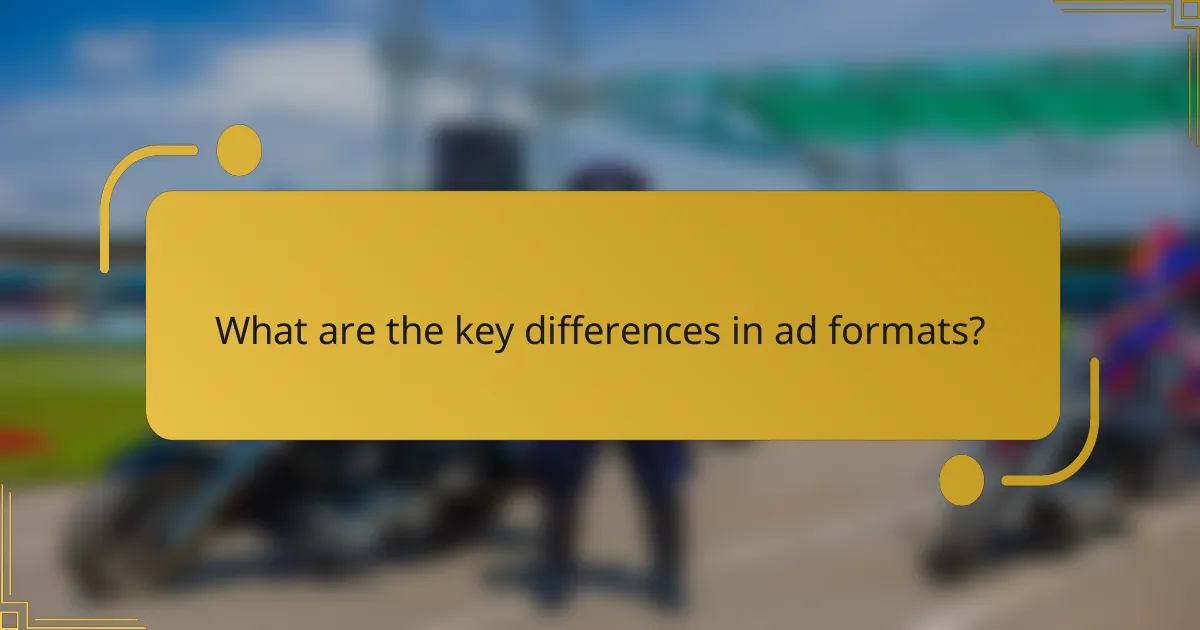
What are the key differences in ad formats?
The key differences in ad formats between Google Ads and Facebook Ads lie in their presentation and user engagement. Google Ads primarily focuses on text and display ads that appear in search results and on websites, while Facebook Ads leverage image and video formats that integrate seamlessly into users’ social feeds.
Text and display ads on Google Ads
Google Ads offers text and display ads that appear in search results and across the Google Display Network. Text ads typically consist of a headline, description, and URL, making them straightforward and easy to create. Display ads, on the other hand, can include images and rich media, allowing for more visual engagement.
When using Google Ads, consider the intent of users searching for specific keywords. Ads that align closely with search queries tend to perform better. For instance, a local bakery might use keywords like “fresh bread near me” to attract nearby customers. Aim for clear, concise messaging that addresses user needs directly.
Image and video ads on Facebook Ads
Facebook Ads primarily utilize image and video formats that blend into users’ news feeds, making them visually appealing and engaging. Image ads can showcase products or services, while video ads allow for storytelling and deeper engagement. Both formats can be targeted based on user demographics, interests, and behaviors.
To maximize effectiveness on Facebook, focus on high-quality visuals and compelling narratives. For example, a fitness brand might use a short video demonstrating a workout routine to capture attention. Keep in mind that Facebook users often scroll quickly, so aim to convey your message within the first few seconds to maintain interest.

How do Google Ads and Facebook Ads perform in major U.S. cities?
Google Ads and Facebook Ads exhibit distinct performance characteristics in major U.S. cities, influenced by user behavior and platform strengths. Google Ads typically excel in intent-driven searches, while Facebook Ads thrive on demographic and interest-based targeting.
Performance metrics in New York City
In New York City, Google Ads often achieve higher click-through rates (CTR) due to the city’s fast-paced search behavior. Advertisers can expect CTRs in the range of 3-5%, particularly for local services and retail. Facebook Ads, on the other hand, may see engagement rates around 1-2%, benefiting from visually appealing content that resonates with diverse audiences.
Cost-per-click (CPC) for Google Ads in NYC can range from $2 to $10, depending on competition and keywords. Facebook Ads typically have a lower CPC, averaging between $0.50 and $3, making it a cost-effective option for brand awareness campaigns.
Performance metrics in Los Angeles
In Los Angeles, Google Ads continue to perform well with a similar CTR of around 3-5%, particularly in industries like entertainment and dining. The city’s search trends often reflect local events and attractions, which can enhance ad relevance. Facebook Ads may achieve engagement rates of 1-3%, leveraging the city’s vibrant lifestyle and community interests.
The CPC for Google Ads in Los Angeles generally falls between $1.50 and $8, influenced by local competition. For Facebook Ads, the CPC can range from $0.40 to $2.50, providing a budget-friendly option for targeting specific demographics and interests.

What are the prerequisites for running effective campaigns?
To run effective campaigns on platforms like Google Ads and Facebook Ads, you need a clear understanding of your target audience and well-defined campaign objectives. These prerequisites help ensure that your ads reach the right people and achieve desired outcomes.
Understanding target audience
Identifying your target audience is crucial for effective advertising. Consider demographics such as age, gender, location, interests, and online behavior. For example, if you are selling outdoor gear, targeting individuals who frequently engage with outdoor activities on social media will increase your chances of conversion.
Utilize tools like Facebook Audience Insights or Google Analytics to gather data on your audience. This information can help you create tailored ads that resonate with potential customers, improving engagement and return on investment.
Setting clear campaign objectives
Establishing clear campaign objectives is vital for measuring success. Objectives might include increasing brand awareness, generating leads, or driving sales. For instance, if your goal is to boost sales, focus on conversion tracking and sales data analysis to evaluate performance.
Define your objectives using the SMART criteria: Specific, Measurable, Achievable, Relevant, and Time-bound. This approach helps clarify what you want to achieve and allows for better tracking of progress. Avoid vague goals like “increase traffic” and instead aim for “increase website traffic by 20% in three months.”

How to choose between Google Ads and Facebook Ads?
Choosing between Google Ads and Facebook Ads depends on your specific marketing objectives and target audience. Google Ads is typically more effective for capturing intent-driven searches, while Facebook Ads excels in brand awareness and audience engagement.
Evaluating business goals
Start by defining your business goals clearly. Are you looking to drive immediate sales, generate leads, or build brand awareness? Google Ads is often better for direct response campaigns, while Facebook Ads can be more effective for nurturing relationships and engaging potential customers.
Consider the sales funnel stage your target audience is in. For example, if you aim to reach users actively searching for products, Google Ads can deliver quick results. Conversely, if your goal is to create interest and educate potential customers, Facebook Ads can help you reach a broader audience with visually appealing content.
To make an informed choice, list your primary objectives and match them with the strengths of each platform. For instance, if your goal is to increase website traffic, Google Ads may be your best bet. However, if you want to enhance customer loyalty, Facebook Ads might be more suitable.
